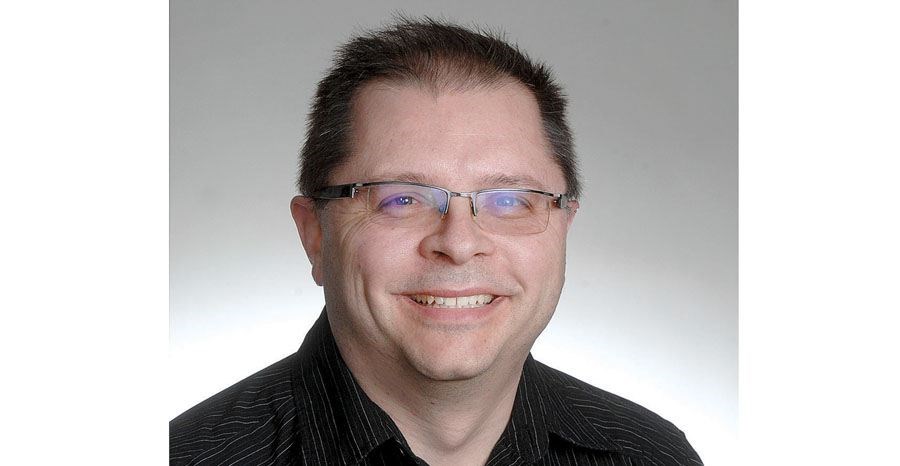The headline "City grew in 2013: B.C. Stats" on page 3 of Wednesday's Citizen was straightforward but the content of the story revealed a much broader and more complicated narrative.
The most recent population estimates from B.C. Stats, based on the 2011 national census along with indicators such as health data and residential power hookups, show that Prince George's population on Canada Day 2013 was 74,133. That's up 192 people or 0.3 per cent from 2012.
Such a small percentage basically equals zero, once room for error and what the increase means over the long term are factored into the equation. Even if the city were to grow steadily at about 200 per people per year, it would be well into the 23rd century before Prince George would be near having 100,000 residents. It's impossible to guess that far into the future but it puts into context how low an extra 192 residents from 2012 to 2013 really is.
Prince George's population has been steady (if you're happy with such a thing) or flat (if you're unhappy about it) for more than 30 years.
Much has changed in the rest of the province in the meantime. The number of B.C. residents in the Lower Mainland and the Okanagan Valley has soared, Kamloops has seen steady growth, while most of the rest of the province has seen a decline in population, particularly in the rural areas.
The 2013 numbers continue that trend. The population of B.C. increased by 0.9 per cent last year, B.C. Stats estimates, with Greater Vancouver up 1.4 per cent or nearly 35,000 people. Meanwhile, the Fraser Valley's population went up another 0.7 per cent. In other words, B.C., like the rest of Canada and the rest of the world, is becoming increasingly urbanized.
The same thing is happening on a smaller scale around Prince George, Nanaimo, Kamloops and Nelson. These regional centres are seeing small or flat population increases while most of the nearby rural communities are gradually emptying out.
While Prince George grew by 0.3 per cent last year, every other incorporated area in the Regional District of Fraser-Fort George (Mackenzie, McBride and Valemount) lost residents. The unincorporated areas increased by 0.9 per cent, however, but that can be explained by folks moving to rural acreages just outside of Prince George for more space and lower taxes.
In the Cariboo regional district to the south, all of the incorporated areas (100 Mile House, Quesnel, Wells and Williams Lake) lost or kept the same number of residents and the only growth was seen in the unincorporated areas.
Virtually the same thing happened to the west, with every community but Telkwa in the Bulkley Valley-Nechako Regional District seeing zero growth or a population decrease. Vanderhoof and Smithers both lost 2.5 per cent of their population in 2013, according to B.C. Stats. If that had happened in Prince George, that would translate into about 1,800 fewer residents.
These population trends in the Prince George region have serious implications for the future and will force difficult decisions upon tomorrow's civic leaders. Should area services and the jobs that go with them become increasingly centralized in Prince George, further hastening the exodus from surrounding communities? As taxpayers, are we willing to pay so rural residents can continue to enjoy access to full health, education and government services? Is what's good for Prince George helpful or harmful to McBride, Mackenzie, Vanderhoof and Quesnel?
All is not lost, however.
Dan Hamhuis and Eric Brewer, both NHL players who played their junior hockey for the Prince George Cougars and are now minority owners of the team, took the time to call all of the players the team picked in Thursday's bantam draft. Their message was that their time in Prince George was instrumental in their development into players with lengthy NHL careers (and Olympic gold medals).
What a positive thing to hear about Prince George, not just for the 14-year-old kids on the other end of the line but their families, who one day soon may be giving up their 16 or 17-year-old son to leave home and come to Prince George to pursue his hockey dream.
We're losing residents one person and one family at a time so focusing on getting them and keeping them one person and one family at a time is a good place to start.



